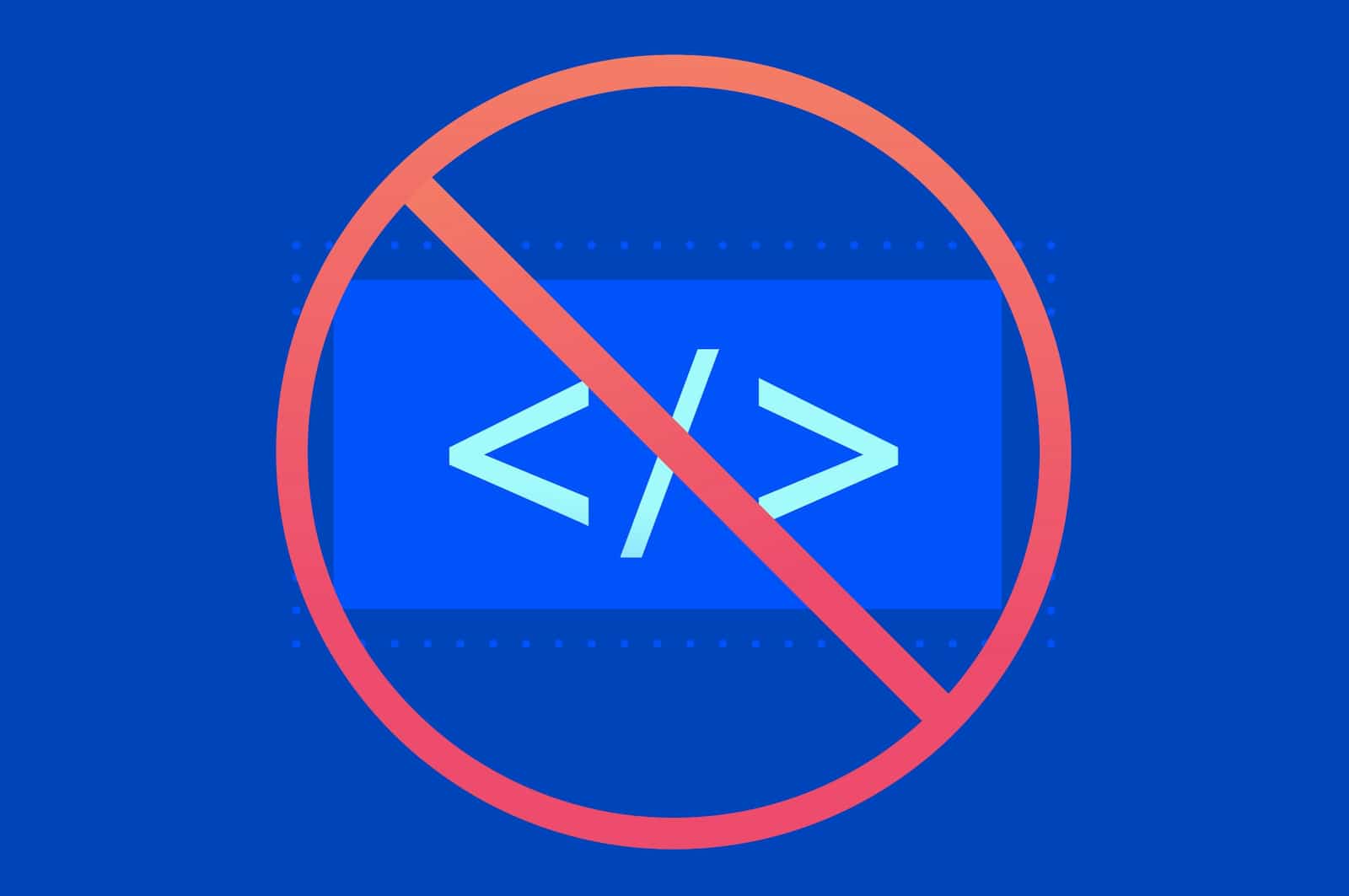"Coding is fundamental to literacy in the future,” said Craig Federighi, Apple's Senior Vice President of Software Engineering. “We think coding should be required in every school because it's as important as any kind of second language,” said Tim Cook, Apple’s CEO. “In fifteen years we’ll be teaching programming just like reading and writing, and wondering why we didn’t do it sooner,” says Mark Zuckerberg, CEO of Facebook.
As computing continues to become a bigger part of our lives we have long heard technologists tell us that coding will be the global common language of the future. Taught in schools as a basic skill in order to provide children the ability to thrive in the modern world and drive innovation in the inevitably digital future. While there is little doubt that the future will be increasingly computerized, recent developments suggest that we may not need coding skills to create and innovate in the digital realm. Instead of all people learning to embrace code, it seems code will learn to embrace all people.
A range of new, and not so new, platforms are disrupting the idea that we must all learn to code in order to become digital creators. Dubbed “low code” and “no code” development, these platforms enable a visual development environment to allow anyone to create apps, through methods such as drag-and-drop, adding pre-designed and customizable components to create a complete application. Squarespace and Wix allow anyone to create websites, Airtable and Zoho allow anyone to customize productivity tools, while Salesforce and Pipedrive bring bespoke customer relationship management (CRM) to the mass market. Now smart building applications are the latest to enter the low code and no code era.
IoT automation and analytics software company Waylay launched a “zero-code” provisioning portal based on digital twins of equipment for time-efficient retro-fitting of legacy assets. The provisioning of legacy assets in retro-fitting scenarios is rife with inefficiency, the traditional spreadsheet-based installation approach suffers from incomplete data and manual editing errors, demanding extensive staff training and slow roll-out plans. Applying the no code and low code model simplifies the provisioning process whilst enforcing that all mandatory information is provided before installation can be completed.
“In an ideal world, all equipment would be connected. In reality, millions of legacy machines are locked out of Industry 4.0 solutions because of the prohibitive cost of retro-fitting them,” says Elly Schietse, CMO of Waylay. “Hence accessorizing equipment with connected sensors is required to unleash the full potential of collected IoT data, to optimize performance with preventive and predictive maintenance, and to create new outcome-based service models. Waylay provides a zero-code provisioning portal with digital twin creation to address this global problem.”
Joining the no code/low code revolution will fundamentally disrupt the smart buildings industry. Gartner Research forecasts that low-code application platforms will account for 65% of all app development by 2024. This means the majority of apps created in 2024 will be developed using platforms and tools that provide turnkey ways to program. In terms of revenue, Forrester Research predicts that the low-code market will top $21 billion in spending by as soon as 2022. For smart buildings, the no code / low code concept addresses key barriers that have been holding back technology adoption and industry development.

It’s estimated 90% of businesses are held back by old technology and half of senior IT leaders state that legacy systems are the main barrier to digital transformation blocking their organization’s progress, according to software company Audacia. As much as 80% of IT departments have skills gaps and those gaps have increased by 155% in the last three years, according to Global Knowledge. These organizational challenges are directly associated with the rise in low code and no code platforms in the buildings industry and across the business world.
Buildings live for decades and the cost of upgrading ingrained legacy systems is a key barrier to a retrofitting market that seeks to bring efficiency and technology integration to the old building stock that dominates our built environment. By creating platforms that essentially allow anyone to bring their building’s unique range of legacy equipment into a digital transformation process, we can overcome that major barrier to smart building adoption. Emerging low code and no code platforms now promise to be the disruptive trigger for a new era of retrofitting that can accelerate the smart buildings market alongside many other sectors with similar legacy issues.
“A massive transformation faces the software industry, similar to the disruption we've seen hit other industries like healthcare and manufacturing. But, unlike other transformations that destroy existing markets, low code and no code software promise to make the software itself even more ubiquitous than it is today,” says Soren Kaplan, co-founder of no code software platform upBoard and author of the Invisible Advantage. “Now is the time to embrace software disruption. Disruptive innovation is only a threat when you're in the game but sitting on the sidelines.”



